Bakery
Most raw materials in baking have an inherent variability that needs to be measured in order to be optimised. For best results, the baking, cooling, storage and packaging process also needs to be monitored and controlled. Most baked goods stored in ambient or chilled conditions usually have a relatively short shelf-life but with some modifications this can be increased considerably.
Packaging baked goods like bread, gluten free bread, pita bread, wraps and par-baked bread has its own challenges. Modified atmosphere packaging (MAP) is often applied as tool to extend baked products’ shelf-life without introducing/increasing the use of preservatives. The quality specialist needs to ensure that that Oxygen (O2), Carbon dioxide (CO2) and Nitrogen (N2) is maintained at the correct levels from the time of packing through to the end customer – which means no leaks or high gas (O2 / CO2) permeation.
Mätt Solutions is considered a specialist in Modified Atmosphere Packaging QA/QC and barrier film testing. Our Gas Mixers and Online Map Gas Analysers as well as Offline MAP Gas Analysers are used to monitor and control the gas composition needed to maintain the shelf-life of baked goods. The Ametek Mocon - Dansensor Checkpoint 3 and Checkmate 3 Headspace Gas Analysers and LeakPointer 3 non-destructive Leak Detectors provide the quality control needed to confidently release products to market.
Once the right headspace gas composition is reached, it is necessary to keep it inside the package by ensuring oxygen, (for example), does not permeate into the package. Ametek Mocon have a range of permeation analysers used to measure the Oxygen Transmission Rate (OTR) and Water Vapor Transmission Rate (WVTR) through packaging to ensure that the quality of the packaging is appropriate for the product. From MAP QA (Quality Assurance) to MAP and package QC (Quality Control), we have the best analysis and control equipment for packaged baked goods.
The Perten Falling Number® is the international standard method for determination of alpha-amylase activity in grain and flour. It is a measure of the alpha-amylase enzyme activity in grains and flour to detect sprout damage, optimize flour enzyme activity and guarantee quality of grain. Alpha-amylase activity is critical for final product quality assessment of flour for bread, pasta, noodles, and malt. When working with wheat, barley, rye or sorghum intended for these applications then the Falling Number system is a must have.
Mätt Solutions supply, service and support the New Zealand baking industry with The Perten Falling Number® by PerkinElmer. There have been a few models utilised over the years, the Perten Falling Number FN1600 and FN1700 which have now been improved upon by the release of the FN1000
Doughs are nonlinear viscoelastic materials and as such there is a complicated relationship between the strains imparted during mixing (stretching, shearing, compression and relaxation) and dough resistance. A series of factors related to processing conditions and flour type will also have a considerable effect on the way the dough acts. Variations in water and protein levels, changes in the structure of the protein, starch, starch damage, gluten strength and the interaction of enzymes on the dough components all affect dough behaviour. Due to the intricate nature of dough behaviour an empirical instrument test is needed.
Mätt Solutions supply The Perten DoughLab that enables dough mixing profiles to be tested and evaluated. This can include development time, stability, softening and other quality parameters of wheat, rye and durum doughs for milling, baking, and food applications. Flour, wholemeal, semolina and formulations containing ingredients can all be tested via the creation of custom tests for all variety of doughs.
Producing the right flour starts with buying the correct grain. Traditionally, protein was measured using wet chemistry and moisture with loss on drying ovens. These approaches are labour intensive, time consuming and subject to human error.
Mätt Solutions offer Perkin Elmer Instruments that have quick analysers to provide instant test results. Near Infrared (NIR) instruments such as the DA7250 determine protein, moisture and more in grains in as little as 6 seconds. Additionally, for protein and gluten testing, the Glutomatic offers a world standard method for testing gluten quantity and quality.
Bakers need to ensure their ovens reach the desired temperature and maintain it for a set time to enable dough/batter to rise.
Mätt Solutions provide sensors that measure the core temperature in a dough, bread, cake, pie, muffin, pavlova, quiche and more while baking, such as the iButton. These can also monitor the oven/proofing oven temperature and humidity in real-time with the Monnit loggers to avoid costly mistakes and possible recalls.
It is important to ensure that cleaning is carried out correctly and that there is no chance of cross contamination from allergens like gluten, milk, soy, egg or nuts. This is where a good sampling regime with a product such as Eurofins PureBlu Swab Sampler and Eurofins Ezy-Reach Sponge sampler come into play, both of which offer a 72-hour viability post sampling for testing of microbial growth.
Complementing these products is a wide range of allergen detection kits in ELISA (for quantitative allergen measurement) or Lateral Flow (for at line qualitative detection) formats. The majority of manufacturers making products with and without allergens/making allergen claims need to be sure there is no risk of cross contamination during product changeover. The lateral flow kits come in a box of 20-25 test strips complete with all reagents and consumables needed for analysis
Mätt Solutions offer shelf-life testing services that look at the product's "complete picture", considering all its aspects to determine when and what ends its shelf-life. Packaging provides protection from extremes in temperature, humidity and oxygen all of which would reduce shelf-life if not controlled. To perform an accurate shelf-life test, it is imperative to expose the product to different conditions to know when and why it fails.
Mätt Solutions have a wide selection of chambers and simulation set-ups to test these extremes and help determine the shelf-life and durability of products by offering both accelerated and real time shelf-life studies as applicable. At the end of the trial, a comprehensive report is provided that states the actual shelf-life of the product, outlines reasons for failure and in most cases recommends ways to improve. This report tends to be a requirement by most supermarket chains and is well received by auditors and MPI (Ministry of Primary Industries)
A good place to start when utilising modified atmosphere packaging for bread and bakery products is a 50/50 mix of Carbon Dioxide (CO2) and Nitrogen (N2).
Without gas flushing the shelf-life would be in the 3-5 day range, when flushed in the appropriate gas mix a shelf life of up to 4 weeks or more may be attained.
The Oxygen Transmission Rate (OTR) and Water Vapour Transmission rate (WVTR) of the packaging should be examined to ensure that the correct atmosphere in the bag can be maintained for the duration of the expected shelf-life.
For general applications, a good quality flour for bakery use will be produced from wheat with a falling number between 250 and 280 per second as measured on a Perten Falling Number instrument.
Yes, a certificate of analysis can and should be requested from the supplier if you are buying directly from the mill.
Moisture in flour would normally be in the 10 – 20% range. The common ways of measuring would be:
o Loss on drying using an oven test
o A “fast” test with a moisture meter (such as the Ohaus MB25)
o Use of an NIR Instrument that will also give results for Protein, Ash and, in the case of the DA7250, an estimate of starch damage.
Traditionally, flour has been graded for colour by trained personnel comparing it to a reference sample. It is also possible to get an objective measurement of colour and variance from a reference sample by use of a colourimeter.
The elasticity and gas retention of dough is controlled by gluten quality. This affects to what degree a dough will expand. The Perten Glutomatic measures the gluten index in samples by characterising gluten strength, wet and dry gluten content, and gluten water binding. This is a globally recognised standard test for gluten quality and quantity.
Because starch competes for moisture with other components in bread and baked goods, it can be an important determinant of dough quality. You can test for starch using the Perkin Elmer DA 7250 NIR Analyser which can also analyse a sample for protein, ash and moisture.
Applicable Instruments
-
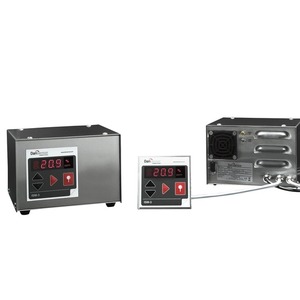
Industrial Process Analyzers - ISM-3
Measures oxygen in inert gases and CO2
-
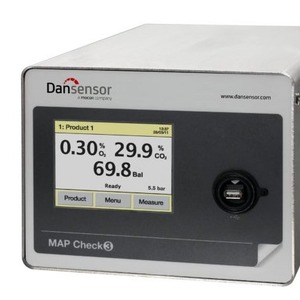
Continuous Gas Analyzer - MAP Check 3 Pressure
Fully equipped inline gas analysis for pressurized systems
-
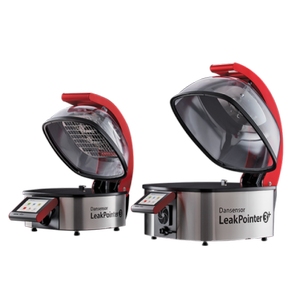
MAP leak detection - LeakPointer 3
Efficient non-destructive leak detection in Modified Atmosphere Packaging.
-
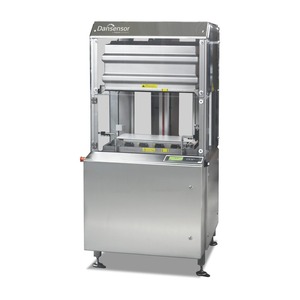
LeakMatic II - Packaging Leak Tester
Fully automatic non-destructive in-line leak detector
-
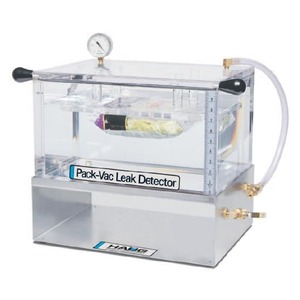
Pack-Vac Leak Detector
Water bath vacuum leak detector.
-
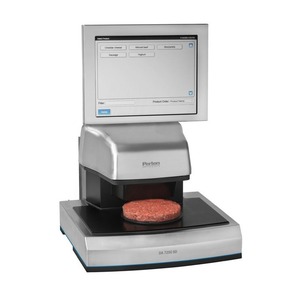
NIR Analyser - DA 7250
Quick NIR analysis for any types of samples, IP65
-
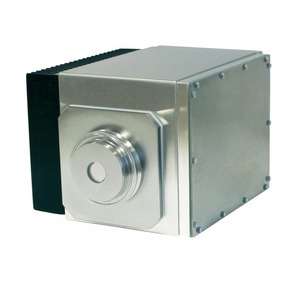
DA 7300 - NIR Analyzer
On-line instrument continuous analysis of moisture, protein, fat and more
-
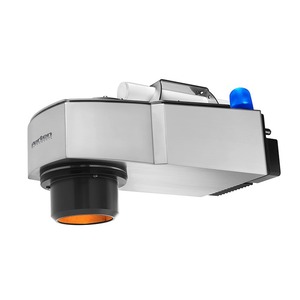
NIR Analyzer PerkinElmer DA 7440 On-line NIR
Measures moisture, fat, sugar, flavorings and more in real-time
-
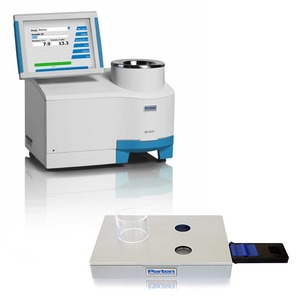
NIR Analyzer - Inframatic 9500
Analyses grains and oilseeds in less than one minute
-
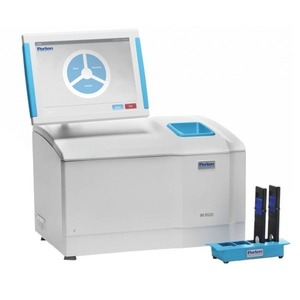
NIR Flour Analyzer PerkinElmer - Inframatic 9520
NIR for analysis of flour and semolina.
-
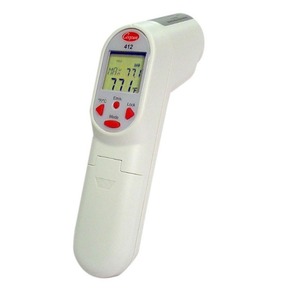
Cooper Atkins Infrared 413 w/ Thermocouple Jack 20568
Non-contact Infrared Thermometer to measure surface temperature combined with a Thermocouple Jack to measure internal temperature.
-
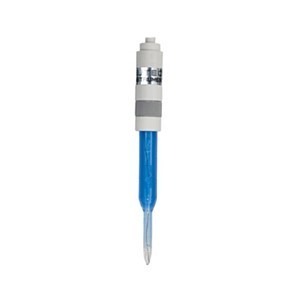
EC620133 Speartip PH Electrode
Open pore spear tip electrode. Suitable for semi-solid samples.
-
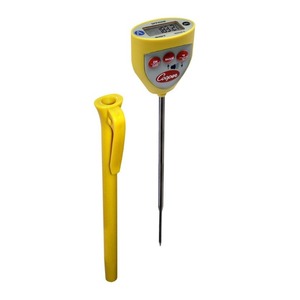
DFP450W Handheld Thermometer
Easy to carry, water proof thermometer
-
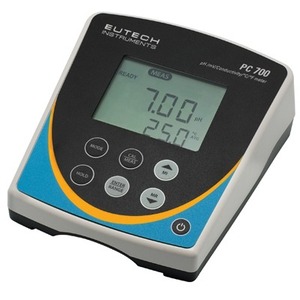
Eutech PC 700 Multi-Paramter Bench Instrument
Measures pH, ORP, Conductivity and Temperature all in one unit.
-
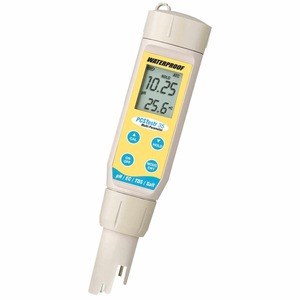
PCSTestr 35 Mutliparamter Tester
pocket size tester measures that five parameters (measures pH, Conductivity, TDS, Salinity and Temperature)
-
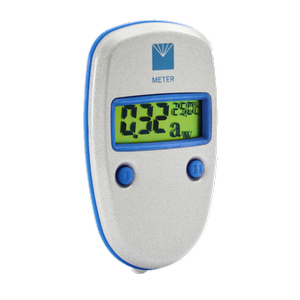
Pawkit Water Activity Meter
Pocket-size and portable water activity instrument.
-
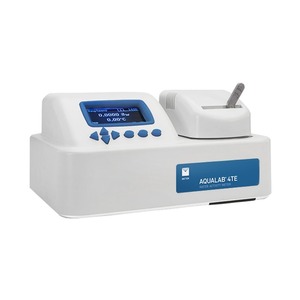
Water activity meter - Aqualab Series 4TE
Fastest most accurate water activity meter
-
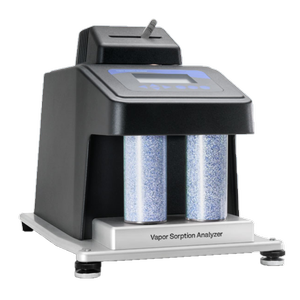
Aqualab Vapour Sorption Analyser
Allows you to measure both DVS and DDI isotherms on your product
-
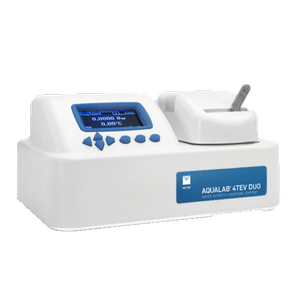
Water activity meter - Aqualab Series 4TE Duo
Can measure water activity and get moisture content simultaneously from a single sample
-
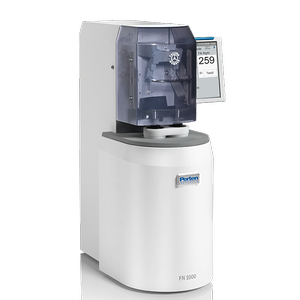
Falling Number 1000
Determination of alpha-amylase activity in grain and flour
-
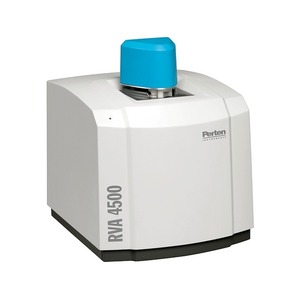
RVA - Rapid Visco Analyser
Ingredient Performance Analyzer
-
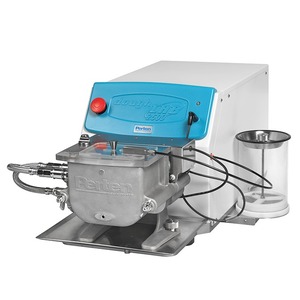
PerkinElmer doughLAB - Flour Milling
Determines water absorption of flour, dough development time and other dough mixing parameters
